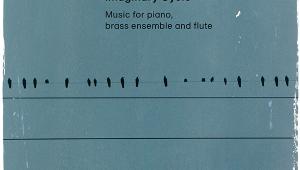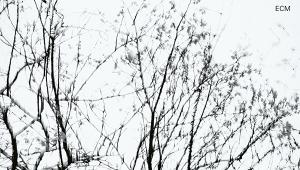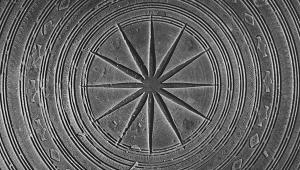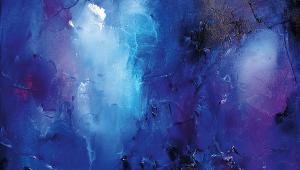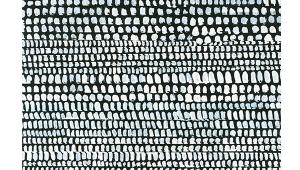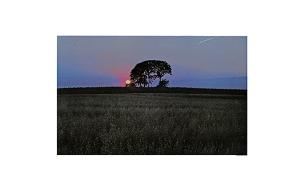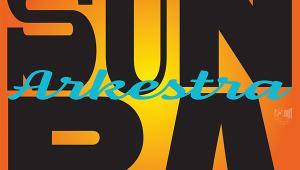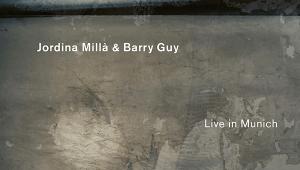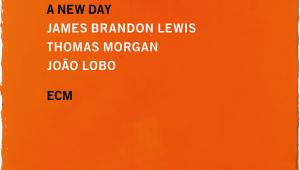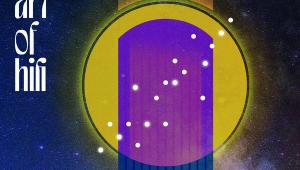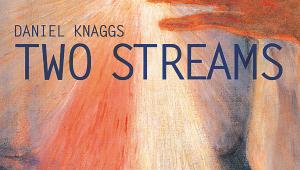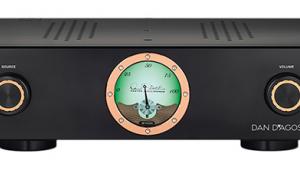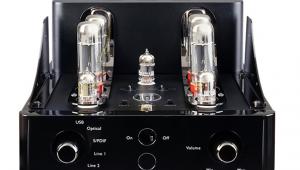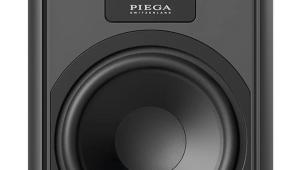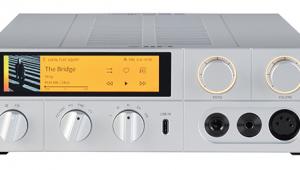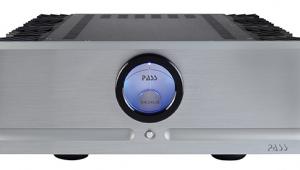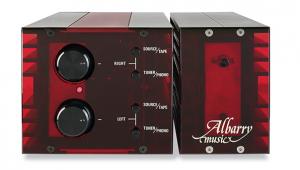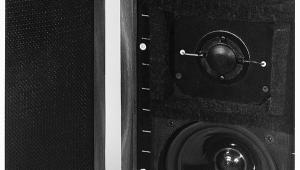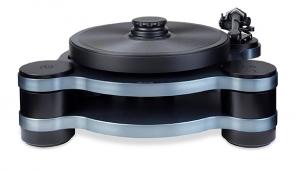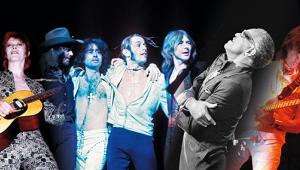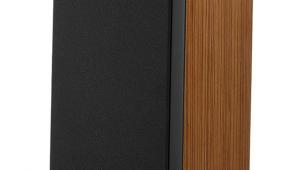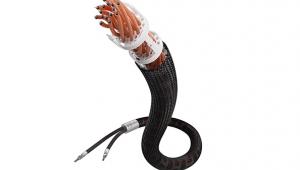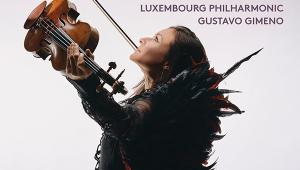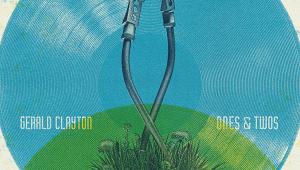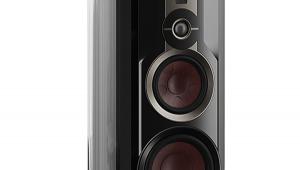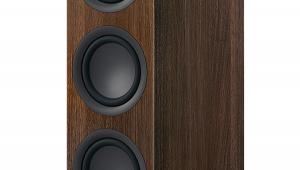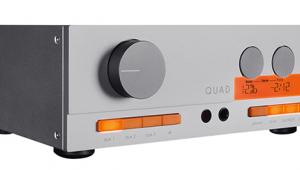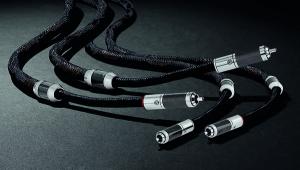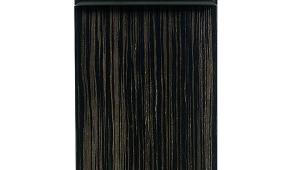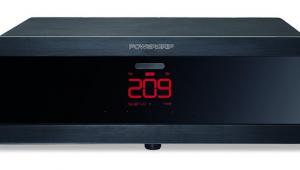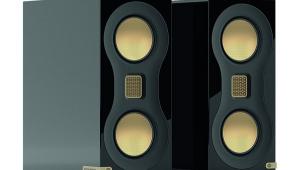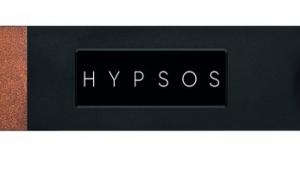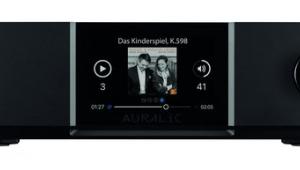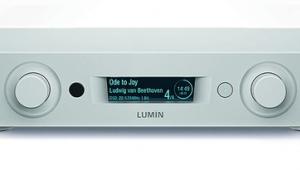Hi-Res Downloads, February 2025


Anne Drummond & Café
The Brazil Project (48kHz/24-bit, WAV; DSD64)
www.theaudiophilesociety.com; Audiophile Society AS26
As this comes from the Audiophile Society, you know from the outset that it had to pass muster through golden-eared listeners. Brazilian singer/percussionist Café (with guest Patricia Dinely on the ethereal ‘New Brazil’) and flautist Anne Drummond have produced a terrific-sounding buffet of Brazilian music, comprised of new compositions embracing samba, bossa nova, and chorinho. Because flute is my live reference thanks to hearing it 40 or so hours every week, it allows me to attest to the sheer veracity of the sound – listening to ‘The Dog Song’ rendered ‘vivid’ as understatement. And so this album should impress: it was recorded with ribbon microphones feeding an all-tube microphone preamplifier and is available in comprehensive PCM or DSD packages, both offering loudspeaker and headphone mixes. If your system can handle both specifications, then definitely go for it. KK
Sound Quality: 90%

Produced and recorded by David Chesky, this looks like a native 48kHz LPCM file [RMS, blue; peak, red] also offered as a DSD64 [RMS, black] format conversion. Peak levels are 4-5dB lower in DSD but the dynamic range is superior. PM

Roger Eno
The Skies, They Shift Like Chords (96kHz/24-bit, WAV)
www.deutschegrammophon.com; DG 00028948652709
Like his more famous brother Brian, Roger Eno composes ambient music, which might otherwise disqualify me as a reviewer as this is not my usual genre of choice. Fortunately, this review is about sound quality, and the ambient genre always scores highly in the audiophile stakes because it has the technical capacity to complement or enhance even mediocre systems. Eno’s third album for DG, and something like his 33rd in a 40-year-long career, follows all the ambient rules of sweeping synths and swelling crescendos, but it’s augmented by electric guitar, clarinet, bass clarinet, vibraphone, flute and organ to dispel any accusations of total artifice. ‘Through The Blue (Crepuscular)’, for example, is a gorgeous piano piece that sounds like mood music for a remake of Love Story. My wife, at least, finds it relaxing and she’s the only musician in the house. KK
Sound Quality: 90%

Some tracks (1, 4) have higher analogue noise [RMS, blue; peak, red] while others (10, 12) include lower Fs elements in the mix [RMS, black]. Otherwise this 96kHz file has good dynamic range, with peaks ranging from –0.2dB to –3.5dB. PM

Nadia Tarnawsky / Cappella Romana
A Ukrainian Wedding (96kHz/24-bit, WAV)
www.cappellarecords.com; Cappella Records CR-431
This could so easily be an oddity: Ukrainian American folksong expert and singer Tarnawsky leads the all-female forces of Capella Romana in a sequence of traditional matrimonial music, sung unaccompanied and the culmination of a project of study started long before the Russian invasion. Ukrainian weddings can last several days, each stage accompanied by female singers, from the engagements and the preparation of the bride to the marriage itself, and this recording contains wonderful sounds, from the purity of monophonal voices to the rich textures of polyphony. They’re captured in a recording both vivid and with plenty of space for the ambience to be revealed, greatly adding to the effect of the whole enterprise – even though most of us will need to refer to the liner notes to follow the progress of the wedding itself. Unusual? Yes. Wonderful? Definitely. AE
Sound Quality: 85%
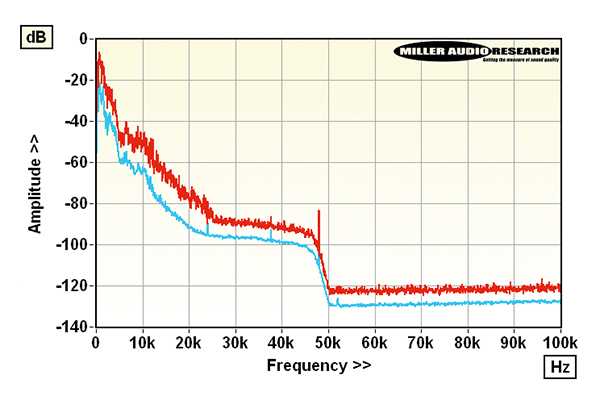
Analogue noise is moderate, but tracks are pushed within 0.05dB of full scale to max the dynamic range, so intersample clipping is a possibility. Otherwise, 96kHz sampling is ideal for the vocal bandwidth. Spuriae at 24/48kHz is unimportant. PM
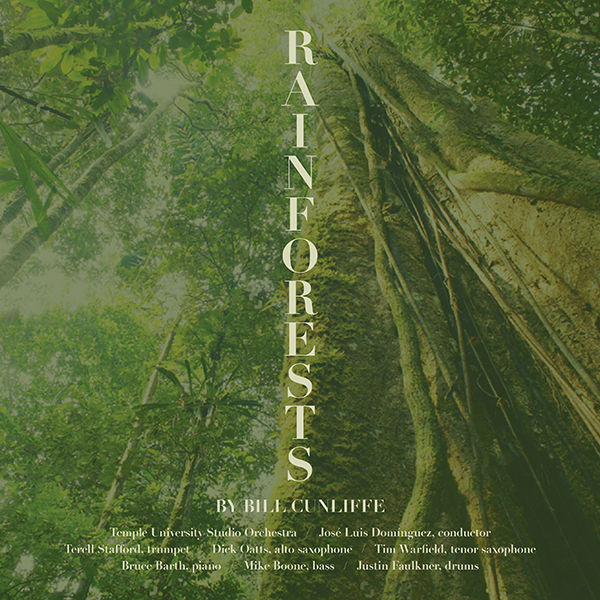
Bill Cunliffe
Rainforest (96kHz/24-bit, WAV)
www.billcunliffe.com; BCM+D Records n/a cat. no.
Written and performed by the jazz pianist/composer/arranger, this three-part work celebrates tropical mangroves in lengthy pieces falling between small-ensemble jazz and big-band grandeur. Cunliffe is joined by a tight band of instrumentalists and the Temple University Studio Orchestra, and the music has plenty of depth to it, not to mention some serious dynamics to keep your system on its toes. Cunliffe is on familiar territory here, with a Grammy already under his belt for ‘Best Instrumental Arrangement’ for the West Side Story Medley. On his latest release he marshals his forces, from bird effects to carnival whistles, to create a big, joyous sound, from the dramatic chords opening ‘Black River’ to the driving rhythms of the closing ‘Batacuda’. Hefty, brassy and huge fun, this is a set worthy of repeated plays for there’s always something new to hear. AE
Sound Quality: 80%
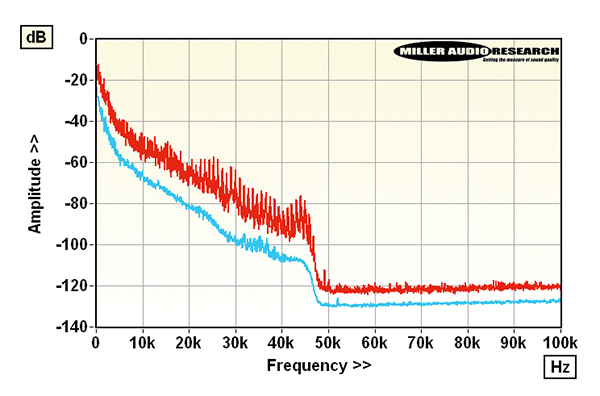
It’s a blessed relief to discover a new recording where every track is not normalised to the same level (–0.7dB, –5.6dB and –0.5dB here). Dynamic range is excellent and percussion not clipped. Oh, and it’s a true 96kHz/24-bit file! PM

Devin Daniels Quintet
Les Go! (96kHz/24-bit, WAV/FLAC)
www.samfirstrecords.com; Sam First Records, SFR-006
Recorded live in Los Angeles jazz club Sam First, and mixed and mastered in-house for the club’s own label, this album showcases Californian alto saxophonist Daniels playing with a seasoned group of sidesmen. Joining Daniels are trumpeter Julien Knowles, pianist Chris Fishman, bassist Jermaine Paul and drummer Benjamin Ring. Mainly written by Daniels, though with tracks by Coltrane, Monk and Charlie Parker, the album starts with a lengthy sax solo, which is all very virtuosic but lacks direction until the music develops into much more of a team effort, with trumpeter Knowles particularly shining and the rhythm section driving things along. The recording is clear and punchy, but its ‘liveness’ seems more to do with the immediacy of the performance than the ambience, which is dry rather than especially live-sounding. AE
Sound Quality: 75%

All except trk 7 (–4.2dB) are normalised to a high –0.3dB, while dynamic range is slightly below average. Sax and trumpet are all sensitively recorded but there’s a suggestion of compression/clipping with strong percussion [trk 6, black]. PM
